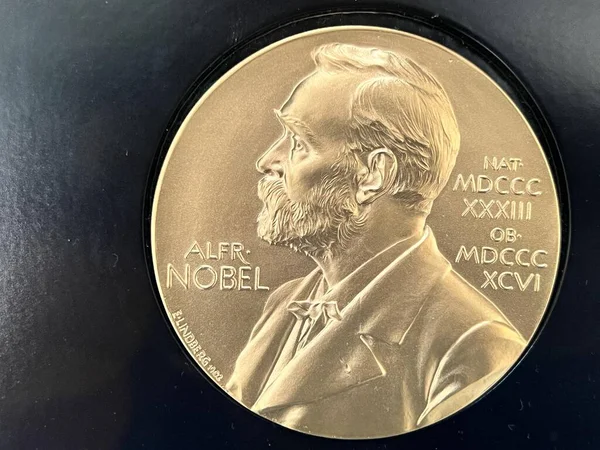
“The Nobel Peace Prize is not a lifetime achievement award it’s a snapshot of courage in action.” Or so that phrase has encapsulated a century-plus of history but the award itself remains perhaps the most disputed globally. From its origin in Alfred Nobel’s will to its political scandals it has endured through, the Peace Prize is as much a testament to the world’s challenges as its ideals.
Once a year in October, the world turns to Oslo when the Norwegian Nobel Committee announces the new laureate. Behind the congratulations and newspaper front pages lies a history of triumphs, scandals, and surprising omissions. For history buffs, students of politics, and anyone curious about the meeting of morality and politics, the Peace Prize offers a unique angle of vision upon world affairs.
Let’s take a look a bit further into some of the most fascinating and sometimes surprising facts regarding the Nobel Peace Prize past and present.
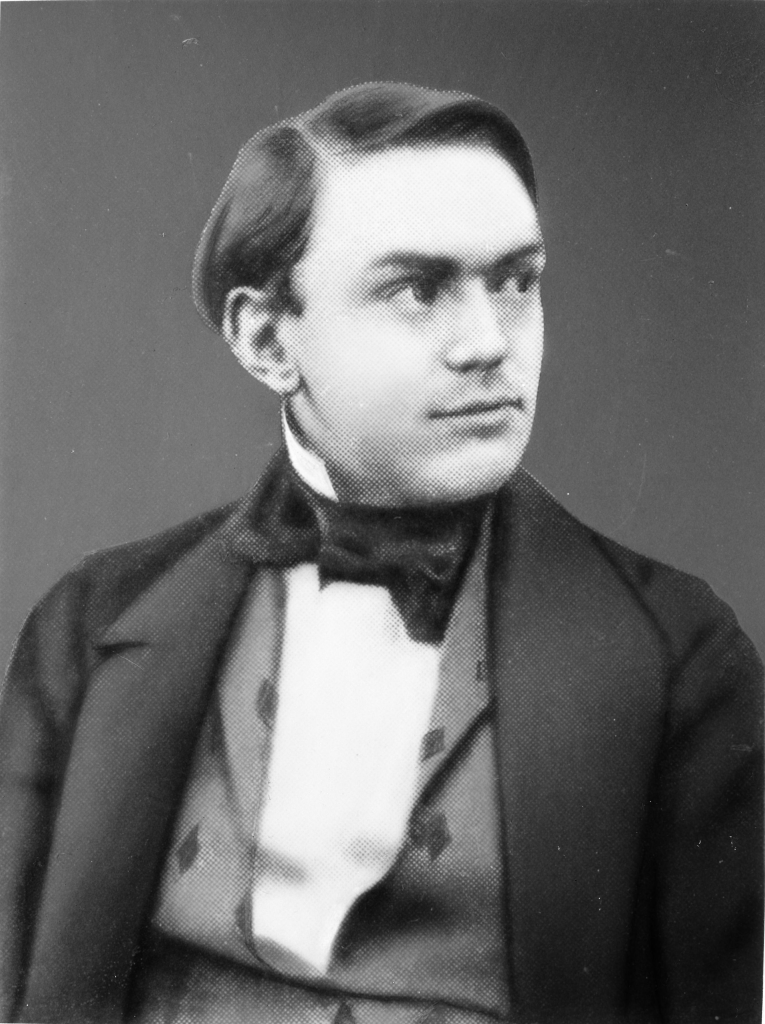
1. Alfred Nobel’s Legacy Makeover
Alfred Nobel, most notably the discoverer of dynamite, once found himself labelled “the merchant of death” by a French paper when a premature obituary mistook him for his deceased brother. Upset by this term, Nobel revised his will in 1895 to leave most of his wealth to establish prizes for those that have provided the most benefit to humanity. The Peace Prize alone was to be awarded by a Norwegian committee a situation that existed when Norway and Sweden were in a union. This has provided more than a century of controversy about the motives of Nobel and the autonomy of the committee.
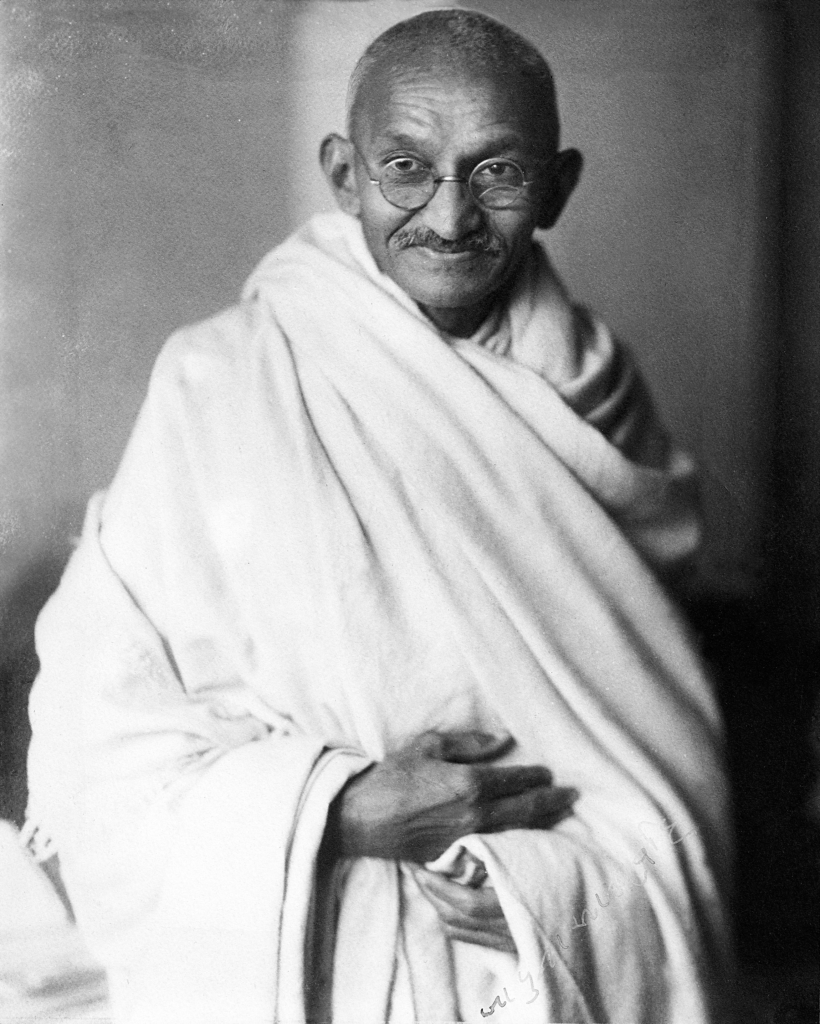
2. A Prize That Periodically Misses a Year
The Peace Prize has not been awarded yearly. It has actually been omitted 19 times, both during World Wars and in years when none of the candidates proved appropriate. The 1948 non-award of the prize just a few weeks after the assassination of Mahatma Gandhi was justified by having “no appropriate living nominee,” generally understood to mean a tacit Gandhi memorial. Unawarded prizes are transferred for a year under the statutes of the Nobel Foundation and thereafter are transferred to spent funds.
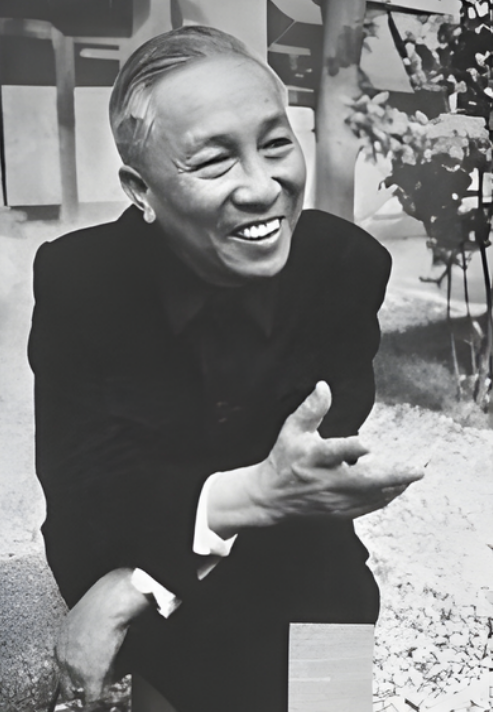
3. The Only Peace Prize Refusal in History
In 1973, Vietnamese negotiator Le Duc Tho became the first to ever reject the Nobel Peace Prize, which he shared with U.S. Secretary of State Henry Kissinger for their work towards the Paris Peace Accords. Tho explained that his reason for declining the award was the continuation of the Vietnam War, adding that peace wasn’t yet established. It remains a unique move in the Peace Prize’s history while highlighting the gap between political settlements and ground-level realities.
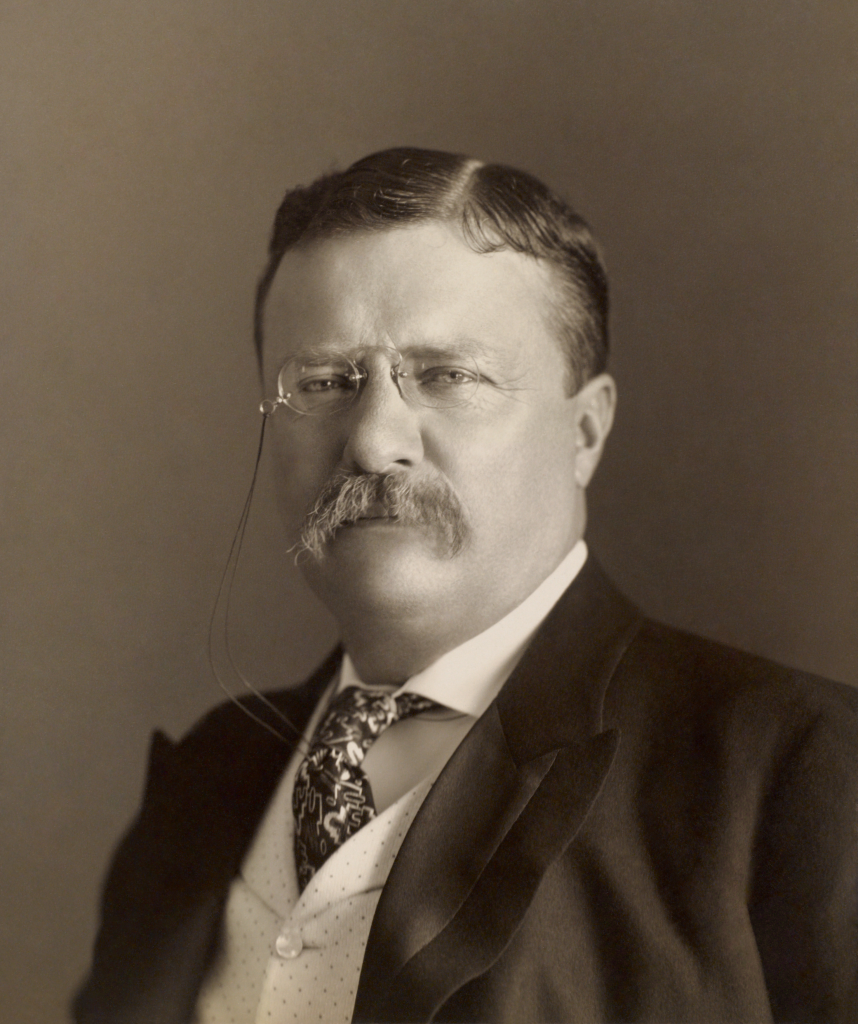
4. When Controversy Obscured Celebr
Some prizes have sparked bitter controversy. Theodore Roosevelt’s 1906 award for negotiating the end of the Russo-Japanese War brought him criticism his opponents branded him a “military mad” imperialist. Once again, the 1935 award to Carl von Ossietzky, the German peace campaigner imprisoned by the Nazis for his criticism of their remilitarization of the Rhineland, brought the ire of Hitler, who forbid Germans to receive any Peace Prizes. Both examples highlight the manner in which the Peace Prize often turns into a diplomatic courtesy and a political magnet.
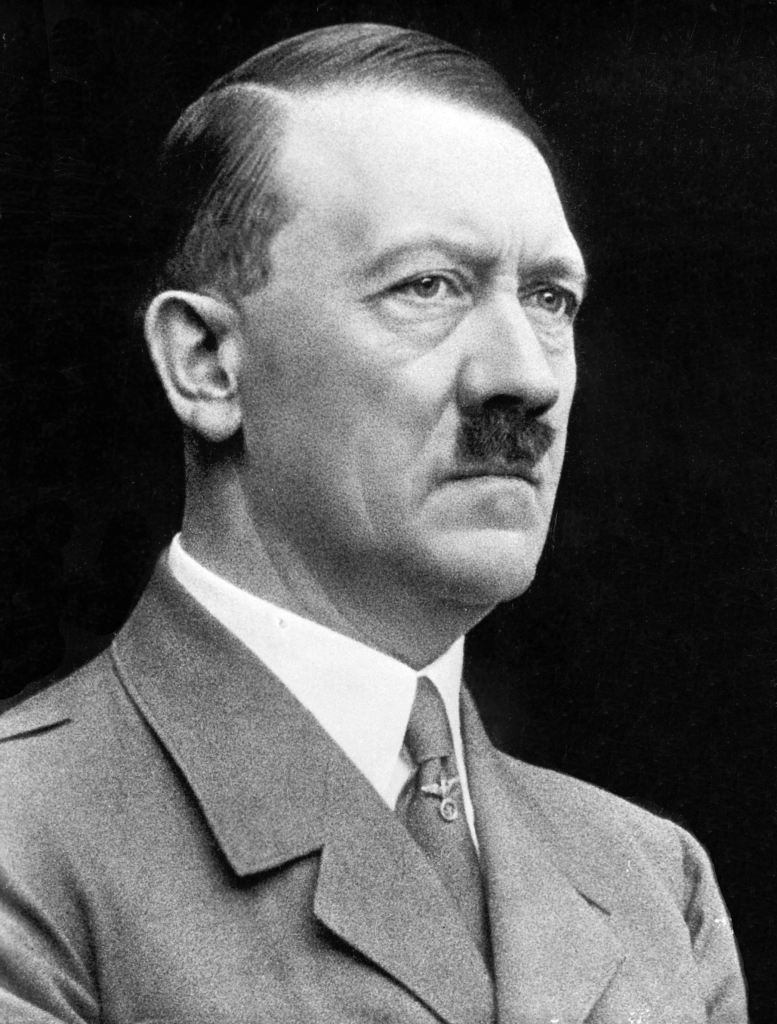
5. Nominees You Wouldn’t Expect
The Nobel nomination database hides some surprising names. Adolf Hitler was nominated in 1939 by a Swedish legislator as satire, a move quickly withdrawn after public uproar. Joseph Stalin received serious nominations in 1945 and 1948 for his role in ending World War II, while Gandhi was nominated multiple times but never won. The broad eligibility rules mean thousands of nominators worldwide can put forward candidates, leading to an eclectic and sometimes shocking list.
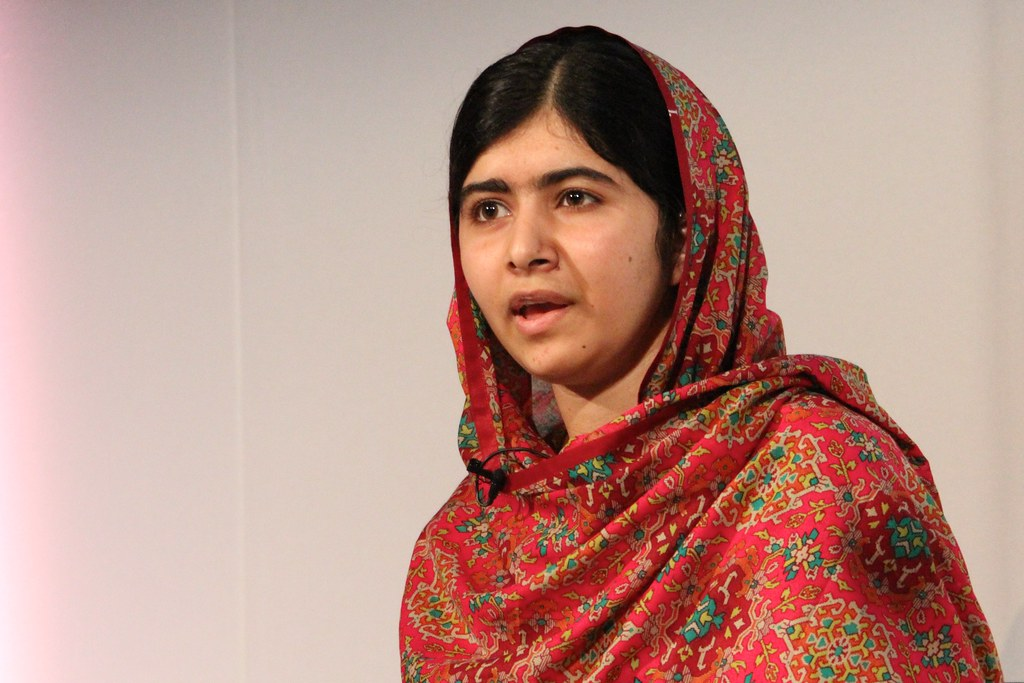
6. Record-Holders and Firsts
The International Committee of the Red Cross has the most Peace Prizes, given for its work in the World Wars and promoting the Geneva Conventions. Malala Yousafzai is the youngest to receive the award at the age of 17 for supporting girls’ education, and the oldest is Joseph Rotblat for his work in opposition to the nuclear bomb when he received the Peace Prize aged 86. Women have yet to be fully represented, for while there are roughly 20 female laureates amongst over a century of individual winners.
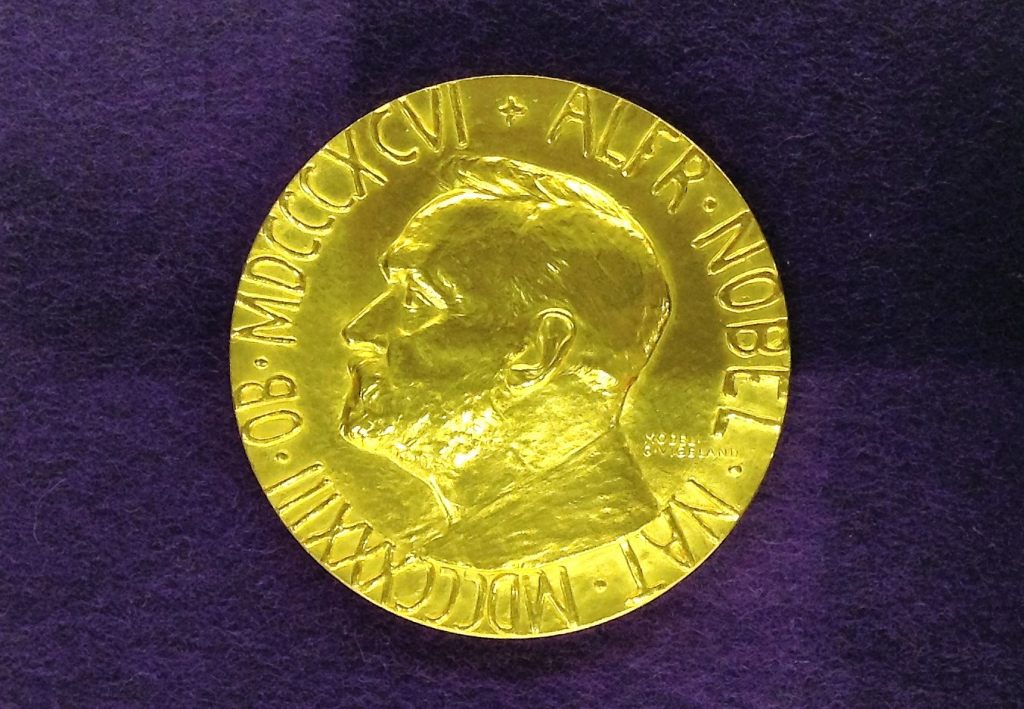
7. Patterns of Peace by Region
Europe leads the chart of the winners by representing approximately 45 percent of all the winners, followed by North America representing 20 percent and Asia 16 percent. Africa and South America are far behind by representing 9 and 3 percent respectively. United Nations agencies represent approximately 7 percent of all Peace Prize victors, thereby bringing into the picture the award’s credit for institutional efforts besides individual efforts. The U.S. is the most represented country by 27 award holders, a number that is close to double the most represented countries.
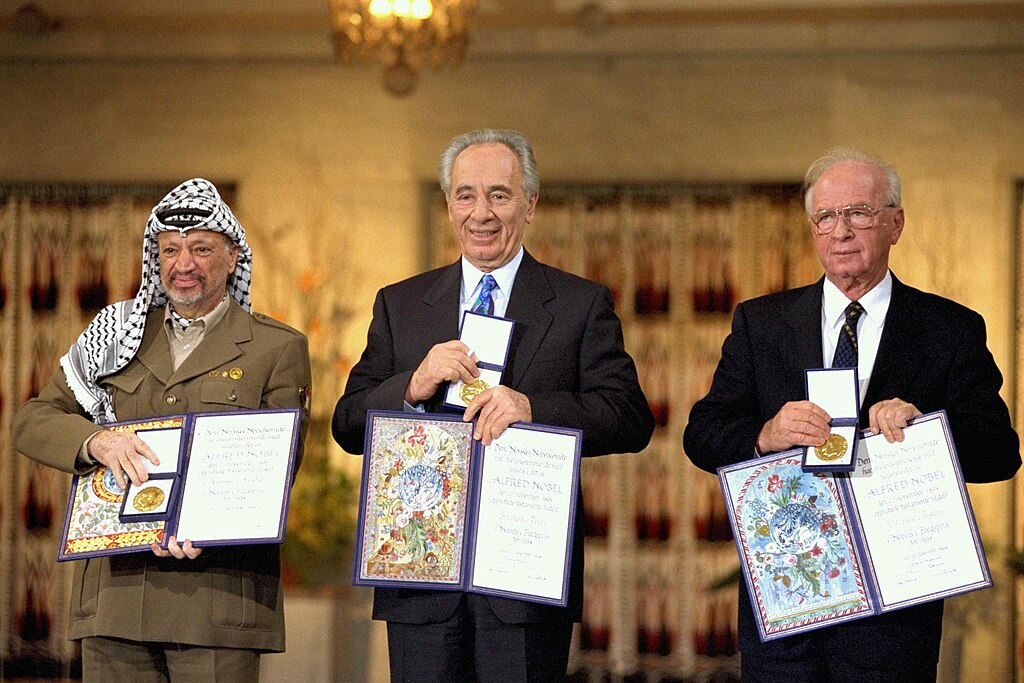
8. Shared Glory Is Common
Whereas a few Peace Prizes are awarded to an individual or a group, most are jointly given. In over a century of prizes, 31 have been divided between two laureates and three between three laureates. The 1994 award to Yasser Arafat, Shimon Peres, and Yitzhak Rabin for the Oslo Accords is but one instance of a triple award that mirrors the thorny, consensual nature often of peace work.
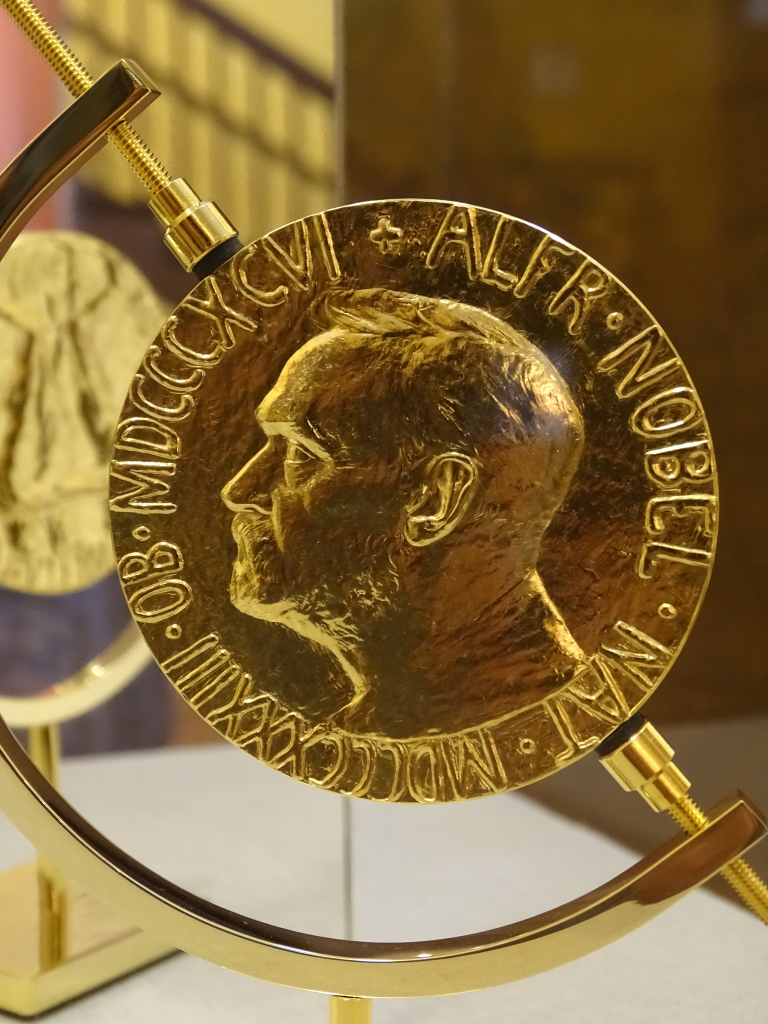
The Nobel Peace Prize is bigger than a medal and a ceremony it’s a mirror that reflects the world’s evolving values, conflicts, and aspirations. Its history is spattered with instances of accord, controversy, and great symbolism. For the careful student, the history of each of the peace laureates is a snapshot of the political times and the elusive, often unsatisfying quest for peace.


